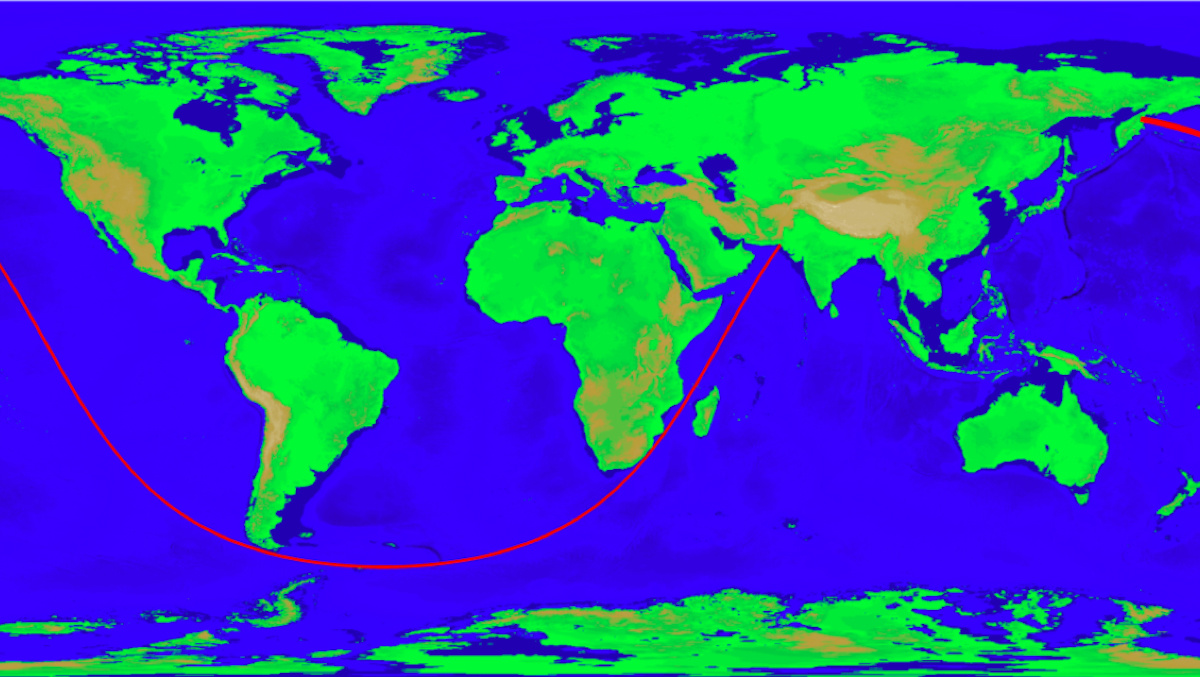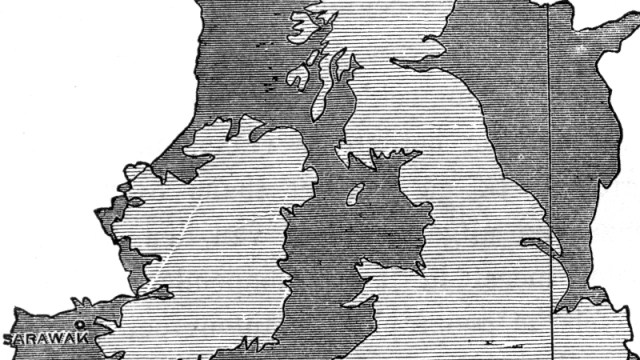170 – A Map of the Internet’s Black Holes
The series of tubes famously dubbed the ‘internets’ by president G.W. Bush* constitute a world wide web of interconnectedness. But, as this map demonstrates, there are some black holes in that web. They represent the 15 countries that limit or prohibit their citizens’ access to internet as a way of censoring the free flow of information.
Perhaps most notorious among those countries is China, with its Great Firewall (and its insistence on self-censorship by non-Chinese companies operating within the Middle Kingdom). Other countries also maintain firewalls, notably Saudi Arabia, while less-developed nations might just not allow their citizens to own computers.
This map was commissioned by Reporters Without Borders, which also publishes a World Ranking of press freedom. As the list of the 15 internet-restricting countries (followed by their ranking on said list) indicates, internet censorship is a strong indicator of press censorship in general:
1. Maldives (144) 2. Tunisia (148) 3. Belarus (151) 4. Libya (152) 5. Syria (153) 6. Vietnam (155) 7. Uzbekistan (158) 8. Nepal (159) 9. Saudi Arabia (161) 10. Iran (162) 11. China (163) 12. Myanmar/Burma (164) 13. Cuba (165) 14. Turkmenistan (167) 15. North Korea (168 and very last on the list)
I happened to be in one of those countries earlier this year. While attempting to go online in a hotel, I was told that the “internet was closed for the day.” I should try again the next day, when there was supervision. Which I did as early as possible: had I waited too long, the internet undoubtedly would have been on its lunch break.
Thanks to Jack E. Alexander for pointing out this map, which can be found here. The official site for Reporters Without Borders is here.
* : it was Alaska Senator Ted Stevens who called the internet ‘a series of tubes’. George W. Bush referred to the world wide web as ‘the internets’ both in the 2000 and the 2004 presidential election campaigns.






